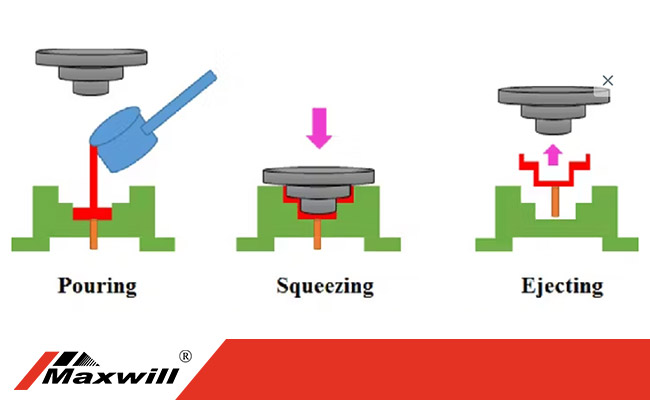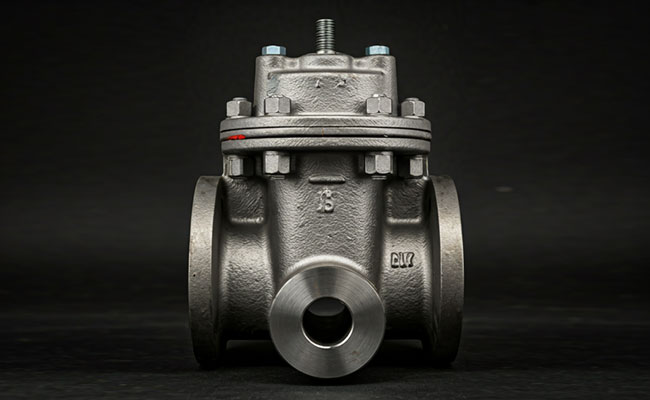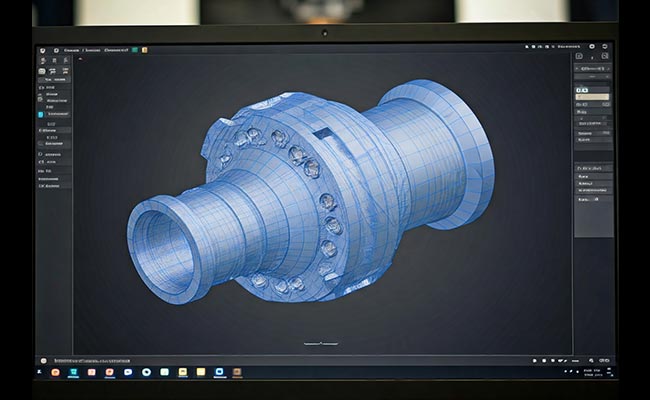
Introducing our Mooring Bollards
2024-05-28
Comparing Gravity Casting and Die Casting: Choosing the Right Metal Casting Process
2024-06-11In the realm of metal manufacturing, innovation is the cornerstone of progress. Among the myriad techniques that have revolutionized the industry, squeeze casting stands out as a cutting-edge method that combines the benefits of casting and forging, offering unparalleled precision, strength, and efficiency. As industries strive for lighter, stronger, and more cost-effective metal components, squeeze casting emerges as a beacon of technological advancement, shaping the future of metal manufacturing.
Understanding Squeeze Casting
At its core, squeeze casting is a hybrid metal-forming process that marries the principles of casting and forging. Unlike conventional casting methods, which rely on gravity or pressure to fill molds with molten metal, squeeze casting introduces an additional step: the application of mechanical pressure during solidification.
The process typically involves the following steps:
Preparation: The process begins with the preparation of the mold, which is typically made from heat-resistant materials such as steel or graphite. The mold cavity is precisely machined to the desired shape of the final component.
Melting and Injection: Metal alloys are melted in a furnace to the desired temperature and composition. The molten metal is then injected into the mold cavity under high pressure, ensuring complete filling and minimizing porosity.
Solidification and Pressure Application: As the molten metal begins to solidify, mechanical pressure is applied to the casting using hydraulic or mechanical systems. This pressure helps to further densify the material, reducing porosity and improving mechanical properties.
Cooling and Ejection: Once the casting has solidified and attained the desired mechanical properties, it is allowed to cool within the mold cavity. After cooling, the finished component is ejected from the mold for further processing or finishing.
Advantages of Squeeze Casting
The unique combination of casting and forging principles imbues squeeze casting with a host of advantages over traditional manufacturing methods:
Enhanced Mechanical Properties: By subjecting the molten metal to mechanical pressure during solidification, squeeze casting produces components with superior mechanical properties, including higher strength, hardness, and fatigue resistance.
Improved Dimensional Accuracy: The application of pressure ensures complete filling of the mold cavity and minimizes shrinkage, resulting in components with tight tolerances and precise dimensions.
Reduced Porosity: Squeeze casting effectively eliminates internal porosity and voids, resulting in components with improved density and reduced susceptibility to defects.
Complex Geometries: The versatility of squeeze casting allows for the production of complex, intricate shapes with thin walls and intricate details, making it ideal for aerospace, automotive, and other high-tech industries.
Cost Efficiency: While squeeze casting requires specialized equipment and tooling, its ability to produce near-net-shape components with minimal post-processing translates to cost savings in material and labor.
Applications and Future Prospects
Squeeze casting finds application across a wide range of industries, including aerospace, automotive, defense, and electronics. From engine components and structural parts to heat exchangers and electronic enclosures, the versatility and performance of squeeze-cast components continue to drive innovation and efficiency in various sectors.




